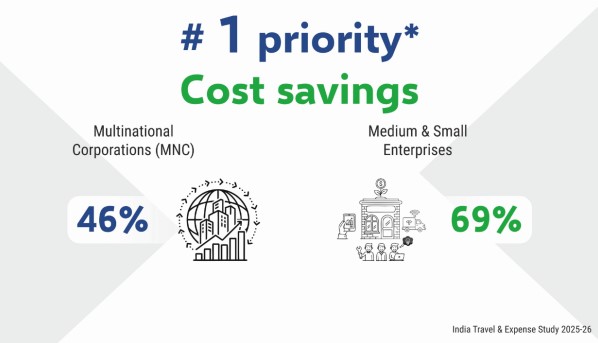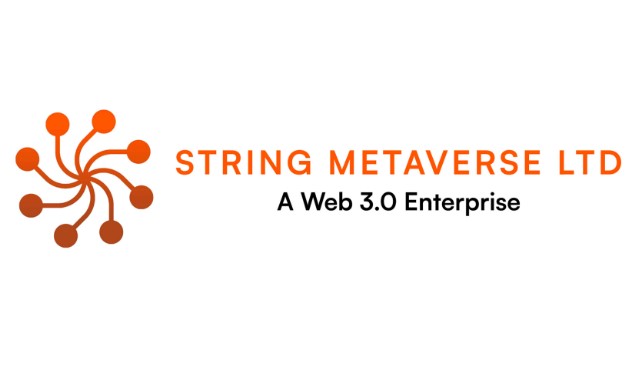The rise of online learning has revolutionized the educational landscape, providing unprecedented access to knowledge and flexible learning opportunities. This transformation has been accelerated by the global pandemic, which forced educational institutions to rapidly adopt online platforms. But how does this shift impact student performance? This article examines the relationship between online learning and student performance, exploring various factors that influence outcomes in an online education environment.
The Evolution of Online Learning
Early Beginnings
Online learning, also known as e-learning, has its roots in the early days of the internet. The first instances of online courses emerged in the 1990s, providing supplemental resources for traditional classroom settings. As technology advanced, so did the sophistication and accessibility of online education.
Modern Online Learning Platforms
Today, platforms like Coursera, Udemy, Khan Academy, and edX offer a wide range of courses, from basic tutorials to advanced degrees. These platforms utilize various tools such as video lectures, interactive quizzes, and discussion forums to enhance the learning experience.
Benefits of Online Learning
Flexibility and Accessibility
One of the most significant advantages of online learning is its flexibility. Students can access course materials at any time, allowing them to balance their studies with work, family, and other commitments. This flexibility is particularly beneficial for adult learners and those in remote areas who might not have access to traditional educational institutions.
Personalized Learning
Online platforms often provide personalized learning experiences, adapting to the pace and learning style of individual students. This personalized approach can help students grasp complex concepts more effectively and improve their overall performance.
Cost-Effectiveness
Online courses are generally more affordable than traditional classroom-based education. Students save on commuting, accommodation, and sometimes even textbooks, making education more accessible to a broader audience.
Challenges of Online Learning
Lack of Physical Interaction
One of the main drawbacks of online learning is the absence of face-to-face interaction. This can lead to feelings of isolation and reduce opportunities for collaborative learning. Traditional classrooms foster a sense of community and provide immediate feedback from peers and instructors, which is harder to replicate online.
Self-Discipline and Time Management
Online learning requires a high degree of self-discipline and time management skills. Without the structured environment of a traditional classroom, students might struggle to stay motivated and keep up with coursework.
Technical Issues
Access to reliable internet and appropriate technology can be a barrier for some students. Technical difficulties can disrupt the learning process and negatively impact student performance.
Factors Influencing Student Performance in Online Learning
Student Engagement
Engagement is a critical factor in determining the effectiveness of online learning. Interactive elements such as quizzes, discussion forums, and live sessions can enhance engagement and help students retain information better.
Instructor Presence
The role of the instructor is crucial in an online learning environment. Instructors who are actively involved and provide timely feedback can significantly improve student performance. Their presence helps create a supportive learning environment and encourages student participation.
Course Design
The design and structure of an online course can greatly influence student outcomes. Courses that are well-organized, with clear objectives and a logical progression, tend to be more effective. Additionally, incorporating multimedia elements and interactive activities can make the learning experience more engaging.
Peer Interaction
Opportunities for peer interaction, such as group projects and discussion forums, can enhance learning and improve performance. Collaborative learning helps students develop critical thinking and problem-solving skills.
Case Studies and Research Findings
Impact on K-12 Education
Research has shown mixed results regarding the impact of online learning on K-12 students. While some studies indicate that online learning can be as effective as traditional methods, others highlight challenges such as reduced engagement and lower performance among younger students. For example, a study by the National Education Policy Center found that full-time online schools had lower graduation rates compared to traditional schools.
Higher Education
In higher education, online learning has been found to be more effective. A study by the U.S. Department of Education concluded that students in online conditions performed modestly better than those receiving face-to-face instruction. This can be attributed to the maturity and self-discipline of adult learners, as well as the flexibility and accessibility of online courses.
Professional Development
Online learning has proven to be particularly effective for professional development. Working professionals benefit from the ability to learn at their own pace and apply new skills directly to their jobs. A study by LinkedIn Learning found that 78% of professionals who engaged in online learning reported improved job performance.
Strategies to Improve Online Learning Outcomes
Enhancing Engagement
To improve student performance, online courses should incorporate interactive elements that promote engagement. This includes live webinars, interactive quizzes, and discussion forums. Gamification, or the use of game-like elements in non-game contexts, can also increase motivation and engagement.
Strengthening Instructor Presence
Instructors should be actively involved in the online learning process, providing regular feedback and creating a supportive environment. This can be achieved through timely responses to student inquiries, regular virtual office hours, and personalized feedback on assignments.
Improving Course Design
Courses should be designed with the learner in mind, using clear and concise language, logical organization, and multimedia elements to enhance understanding. Incorporating real-world examples and case studies can also make the content more relatable and engaging.
Facilitating Peer Interaction
Encouraging peer interaction through group projects, peer reviews, and discussion forums can improve learning outcomes. These activities help students develop critical thinking and collaboration skills, which are essential for success in the modern workplace.
The Future of Online Learning
Technological Advancements
Advancements in technology, such as artificial intelligence and virtual reality, are set to revolutionize online learning. AI can provide personalized learning experiences and real-time feedback, while VR can create immersive learning environments that simulate real-world scenarios.
Hybrid Learning Models
The future of education is likely to involve a blend of online and traditional learning methods. Hybrid learning models combine the best of both worlds, offering the flexibility of online learning with the benefits of face-to-face interaction. This approach can cater to diverse learning preferences and improve overall student performance.
Global Reach
Online learning has the potential to democratize education, providing access to quality education for students around the world. As internet connectivity improves and more courses are offered in various languages, the reach of online education will continue to expand.
The relationship between online learning and student performance is complex and multifaceted. While online learning offers numerous benefits such as flexibility, accessibility, and personalized learning experiences, it also presents challenges like the lack of physical interaction and the need for self-discipline. By understanding these factors and implementing strategies to enhance engagement, instructor presence, course design, and peer interaction, educators can improve the effectiveness of online learning.
As technology continues to advance, the potential for online learning to enhance student performance will only grow. The future of education lies in embracing these innovations and creating learning environments that are both accessible and effective. Whether through fully online courses or hybrid models, the goal is to provide students with the best possible learning experience, tailored to their individual needs and preferences.
Key Takeaways
- Flexibility and Accessibility: Online learning offers unparalleled flexibility, making education accessible to a wider audience.
- Challenges: Self-discipline, time management, and technical issues are significant challenges in online learning.
- Influencing Factors: Student engagement, instructor presence, course design, and peer interaction are crucial for effective online learning.
- Future Trends: Technological advancements and hybrid learning models will shape the future of education, enhancing the reach and effectiveness of online learning.
By leveraging the strengths of online education and addressing its challenges, we can create a more inclusive and effective educational system that caters to the diverse needs of students worldwide.














